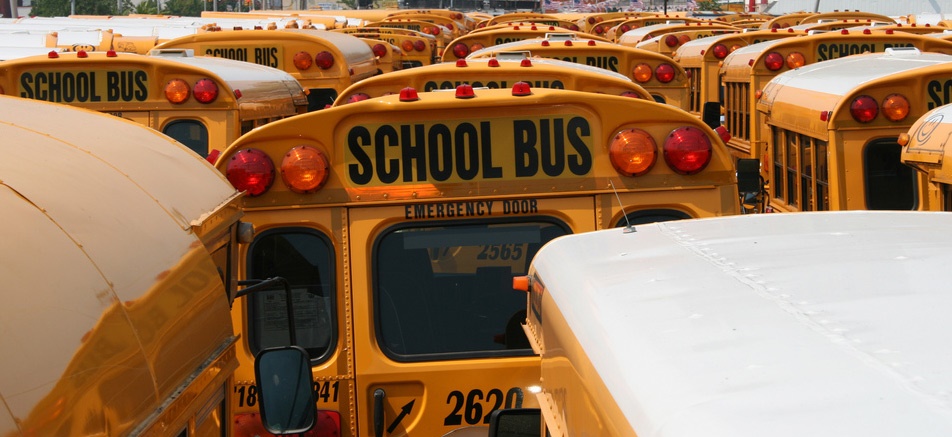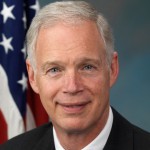Wisconsin Schools’ Racial Inequality Worst in U.S.
A report from a financial services website finds the highest graduation gap in Wisconsin.

Photo by Jan-Erik Finnberg. Image trimmed (CC BY 2.0).
Wisconsin’s state education system has the least racial equality in the United States, according to a report released Wednesday by the financial firm WalletHub.
Wisconsin’s dead last ranking comes two days after former U.S. Secretary of Education John King, Jr. told members of the House Education and Labor Committee that COVID-19 had laid bare racial inequities inherent in the United States’ education system.
WalletHub surveyed education systems using six metrics that measured the gap between Black and white students and rated states on a 100-point scale, 100 being the most equality. Wisconsin came in with a score of just 13.44 — more than eight points behind Minnesota, which was 49th.
The state had the highest gap between Black and white students’ public high school graduation rate. It also had the 47th highest gap between Black and white students in its share of adults with either a high school or bachelor’s degree.
The state with the least racial inequality in its schools is Wyoming, according to the report. The state earned a score of 75.03, more than five times higher than Wisconsin’s score.
This is not the first time racial inequality in Wisconsin’s schools has been highlighted. A 2018 Propublica analysis of civil rights data in 17,000 school districts across the country found that Black students in Wisconsin are 2.3 times less likely to be in an AP — Advanced Placement — class than white students and 7.5 times more likely to be suspended than their white counterparts.
Wisconsin’s Hispanic students are 1.9 times less likely to be in an AP class and 2.1 times more likely to be disciplined than white students.
In Monday’s Education Committee hearing, representatives were told that students could lose an average of seven months of learning because of the pandemic — but Black students could lose an average of ten months.
Wisconsin’s only representative on that committee, Glenn Grothman, stated “I don’t like to talk about race” and signaled he’d rather talk about vitamin D and affirmative action than inequality in education.
“It’s a little difficult to be on here because it kind of appears in this committee we’re supposed to look at people racially, and not look at people as people,” Grothman said. “So, I’ve got to switch my mindset.”
Grothman, in addition to expressing a lack of trust in “so-called public health experts” also implied that affirmative action at Wisconsin’s universities was already making schools go out of their way for students of color.
“I know here in the state of Wisconsin, [there is] a smaller percentage of people of color than normal,” he said. “I’m under the impression, talking to people in our university system, they already go out of the way through affirmative action to try to push more people of color in the universities. Is that typical around the country?”
While Grothman implied affirmative action was inconveniencing Wisconsin’s university officials, WalletHub’s report showed the state was among the worst in the gap between Black and white ACT scores, standardized test scores and degree attainment.
In Grothman’s own 6th Congressional District in central-east Wisconsin, Propublica’s analysis found that there’s a large gap between Black and white students. White students in the Sheboygan Area School District are 11.8 times more likely to be in an AP class and 8.6 times less likely to be suspended than Black students. Black students are, on average, 1.9 grades behind white classmates.
Sheboygan’s gap in AP enrollment is the highest of any Wisconsin district analyzed by Propublica, but elsewhere in the 6th district, Black students in Fond du Lac are 5.7 times less likely to be in an AP class and 3.4 times more likely to be suspended.
These numbers come while Wisconsin has a nonwhite student population of 29%.
Reprinted with permission of Wisconsin Examiner.




















